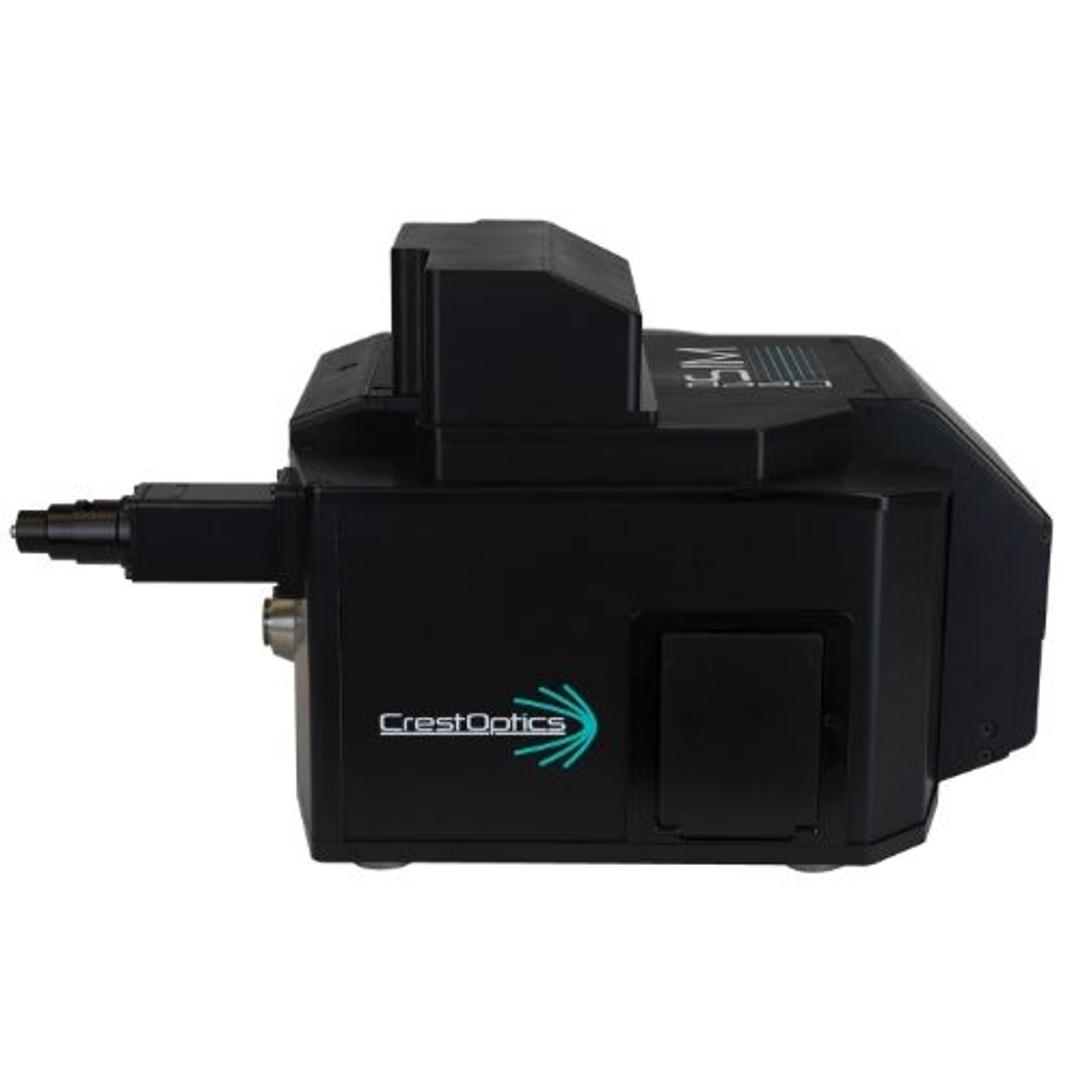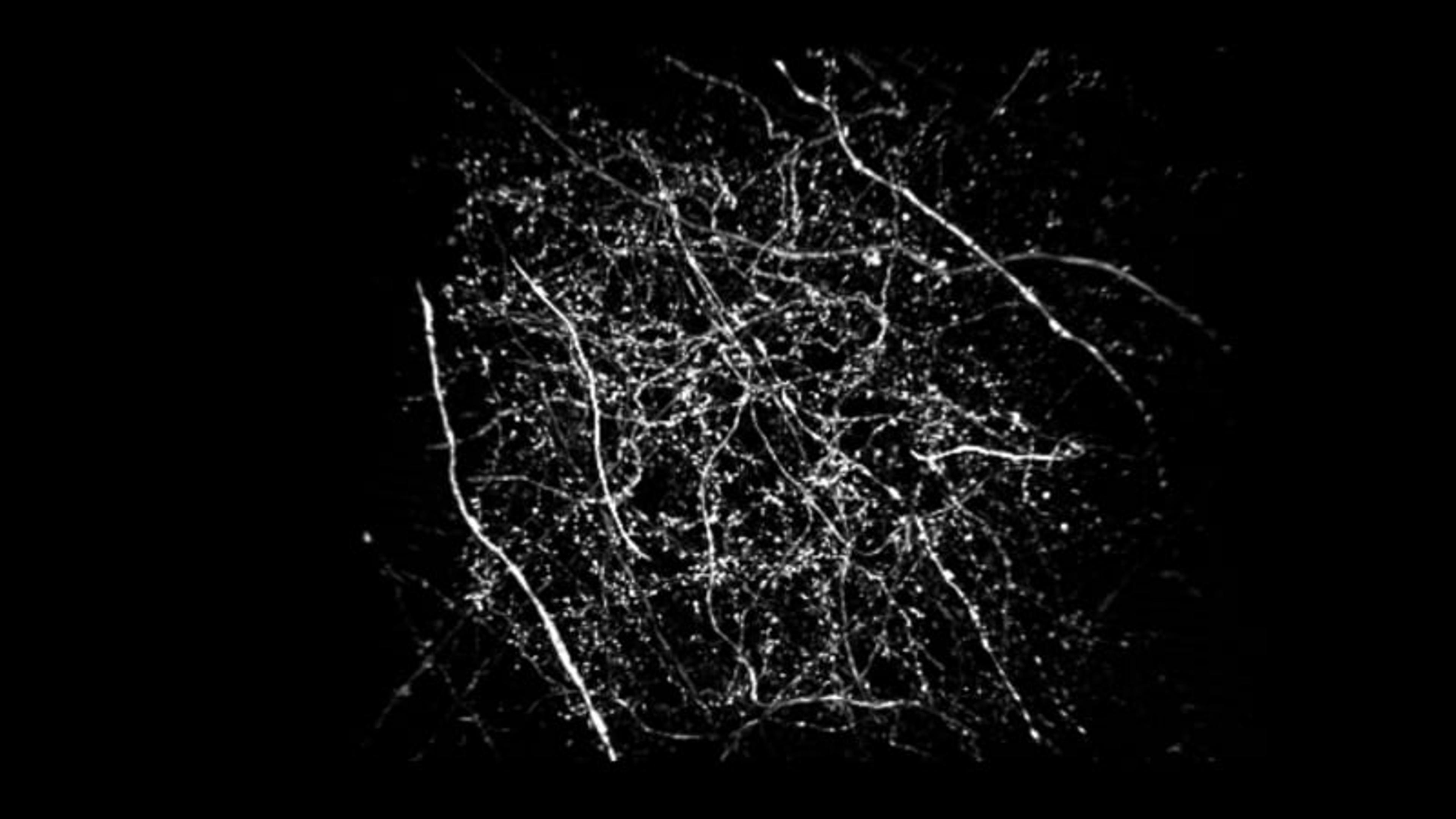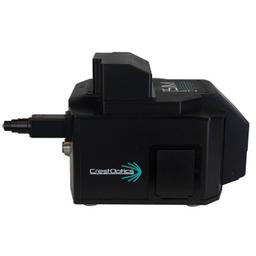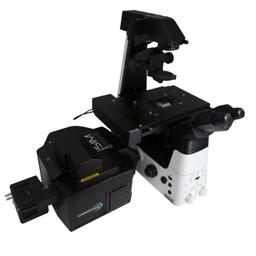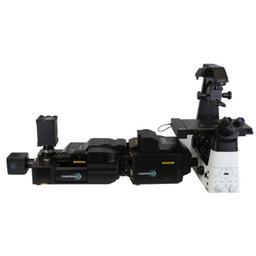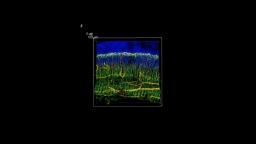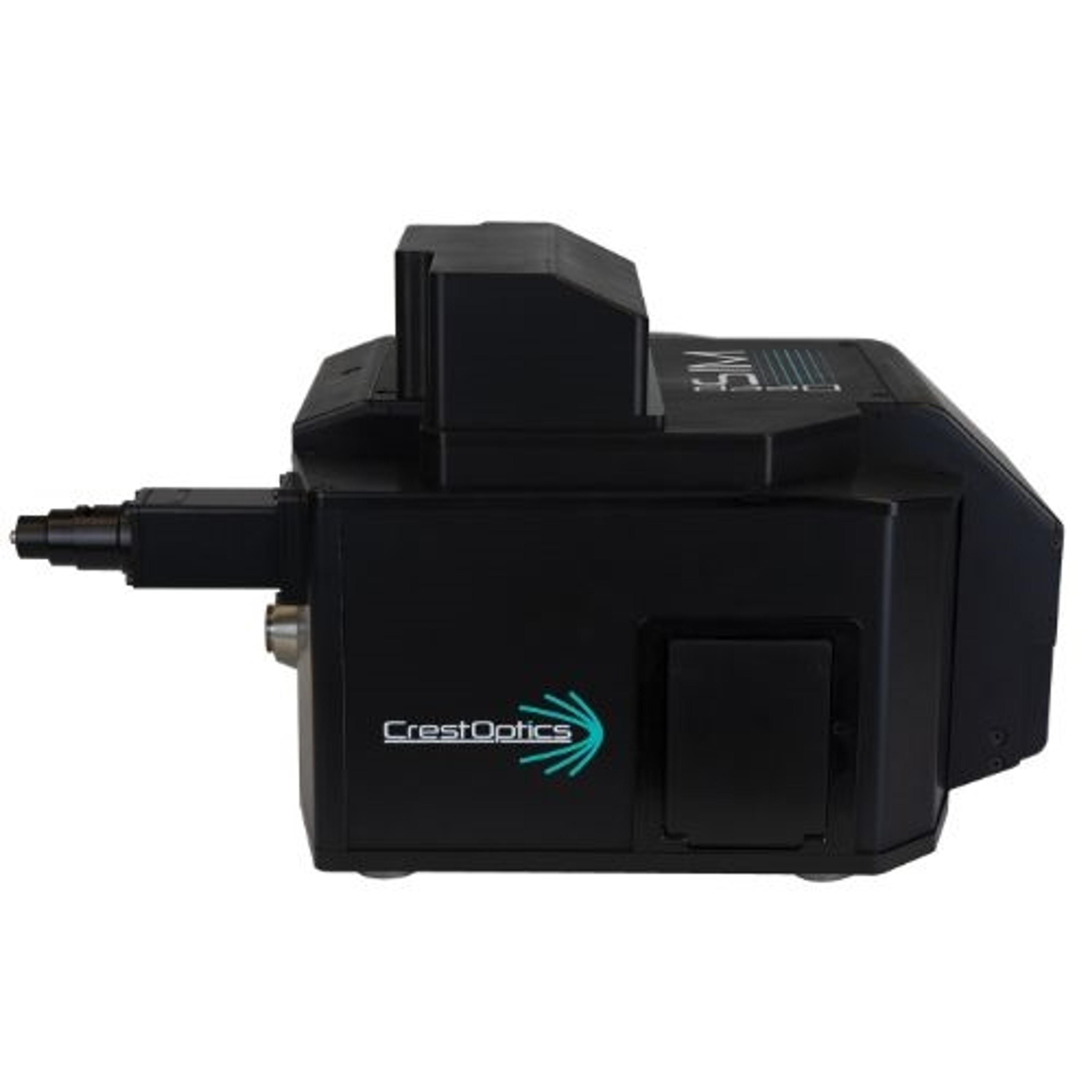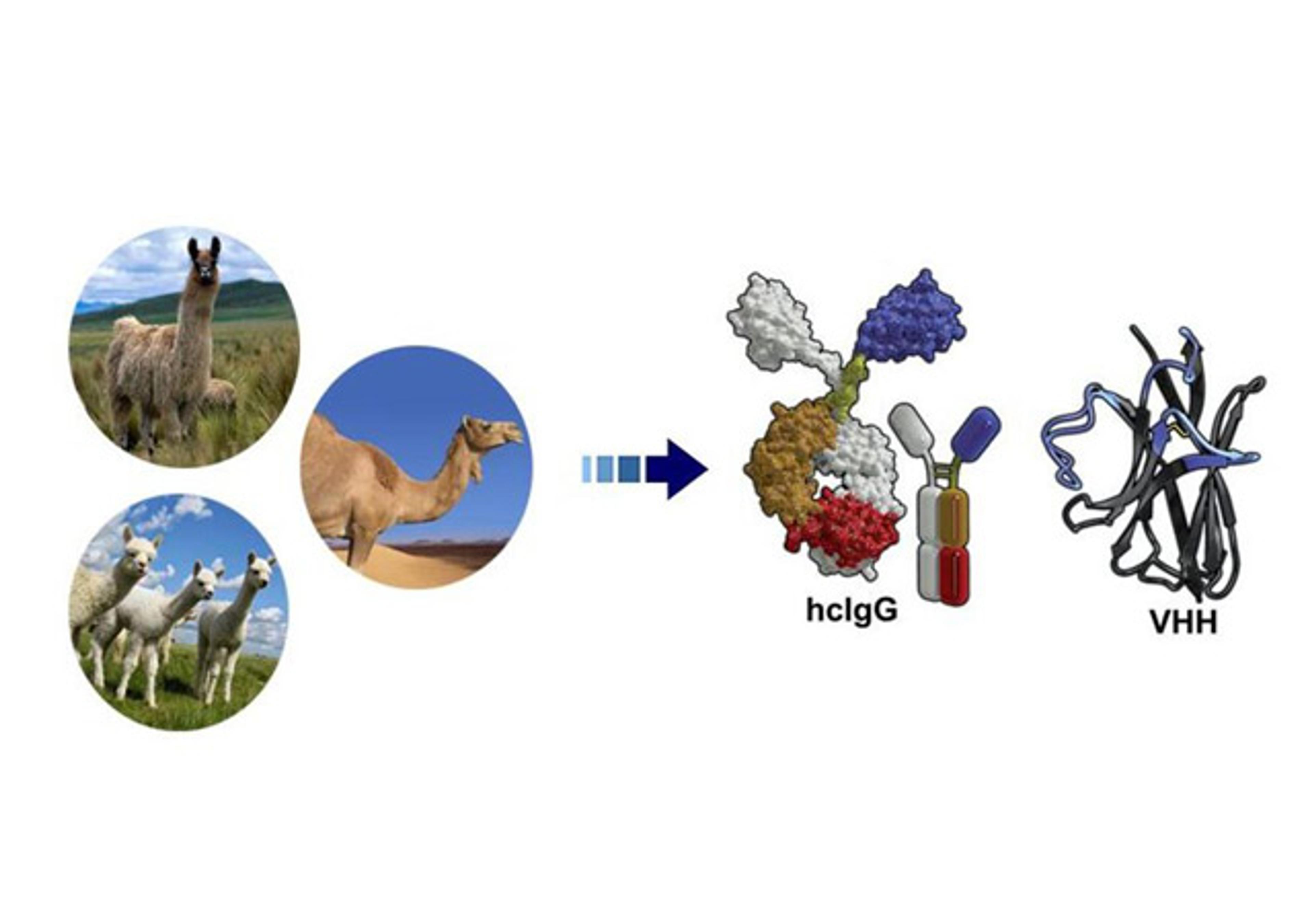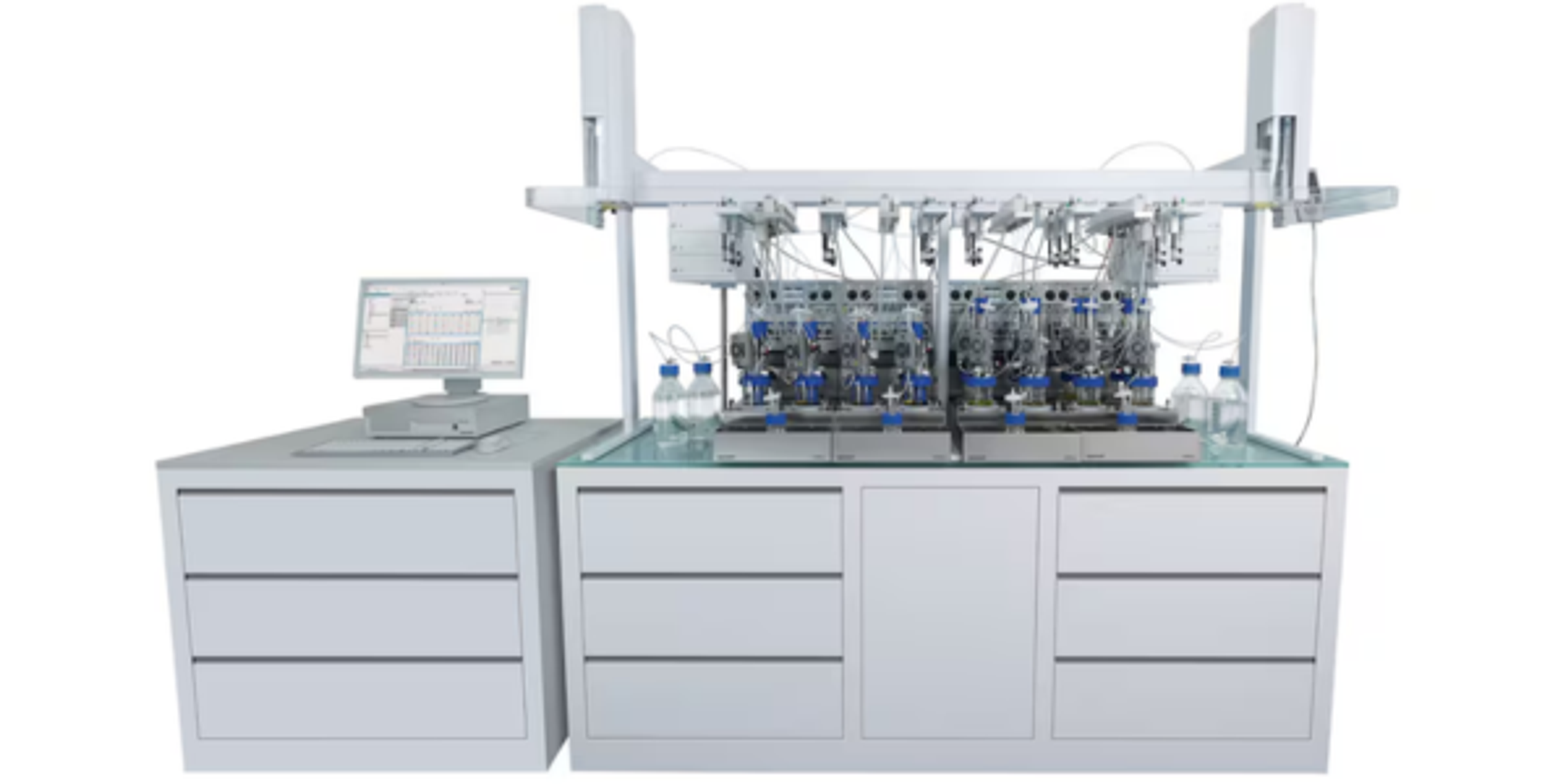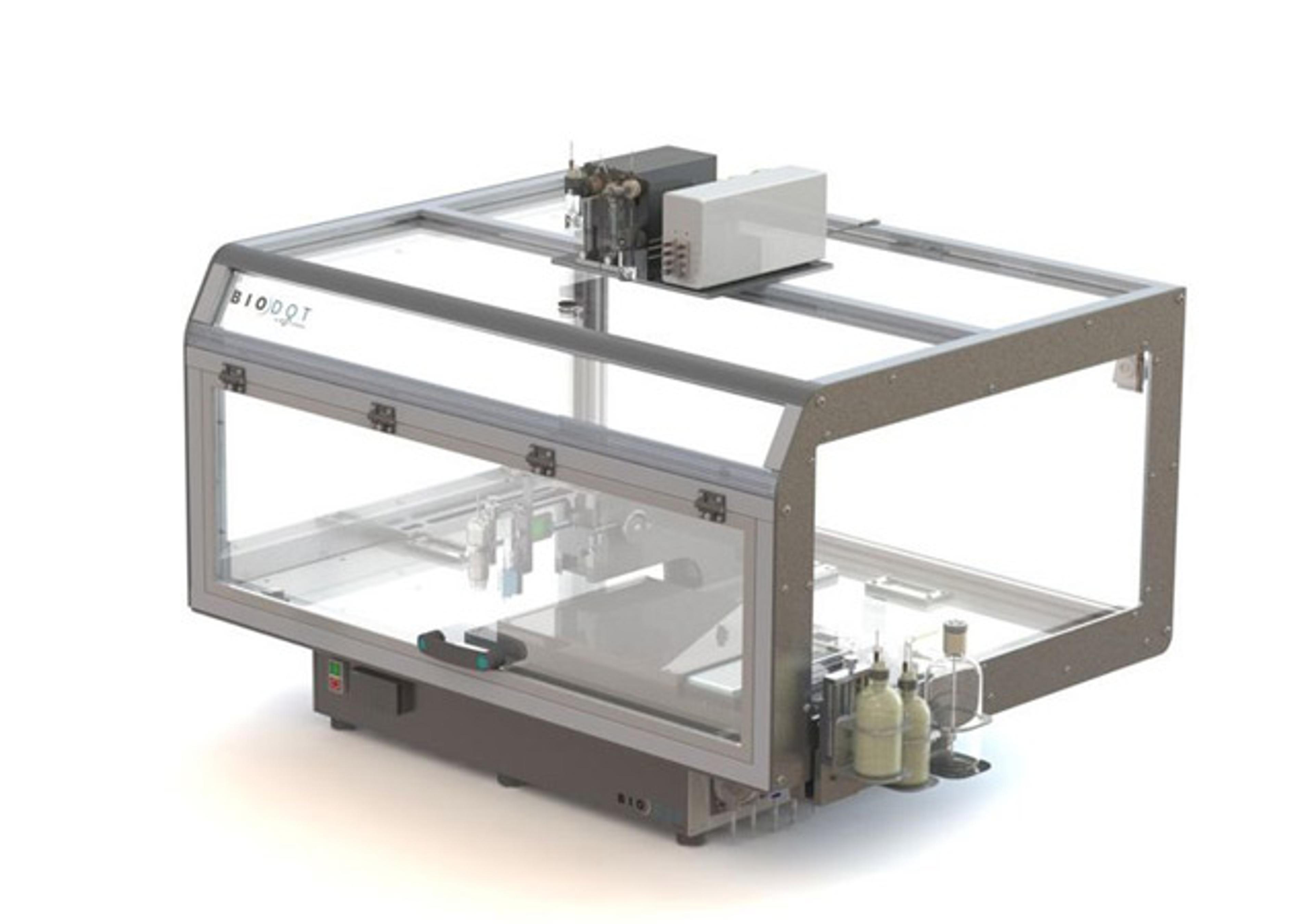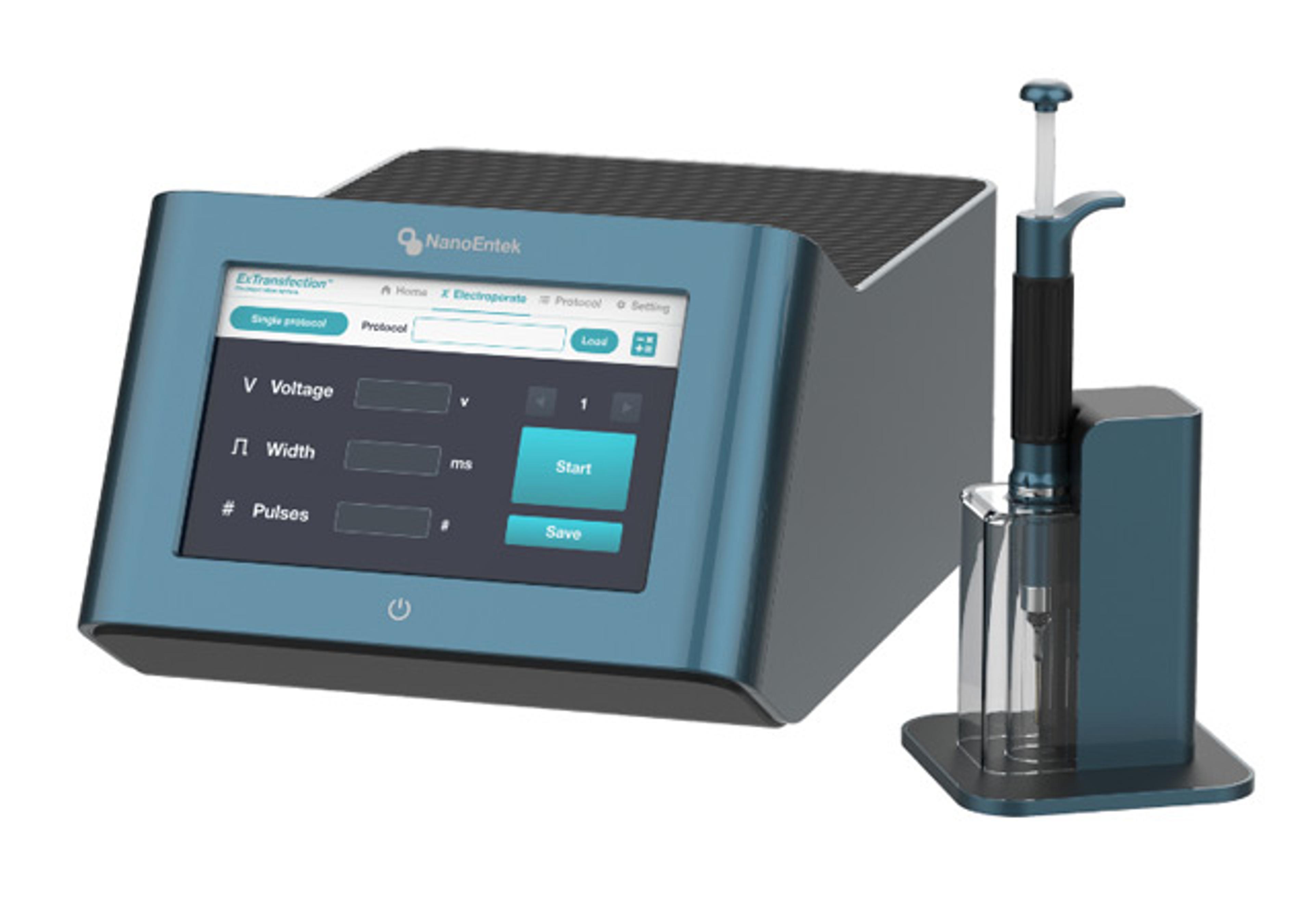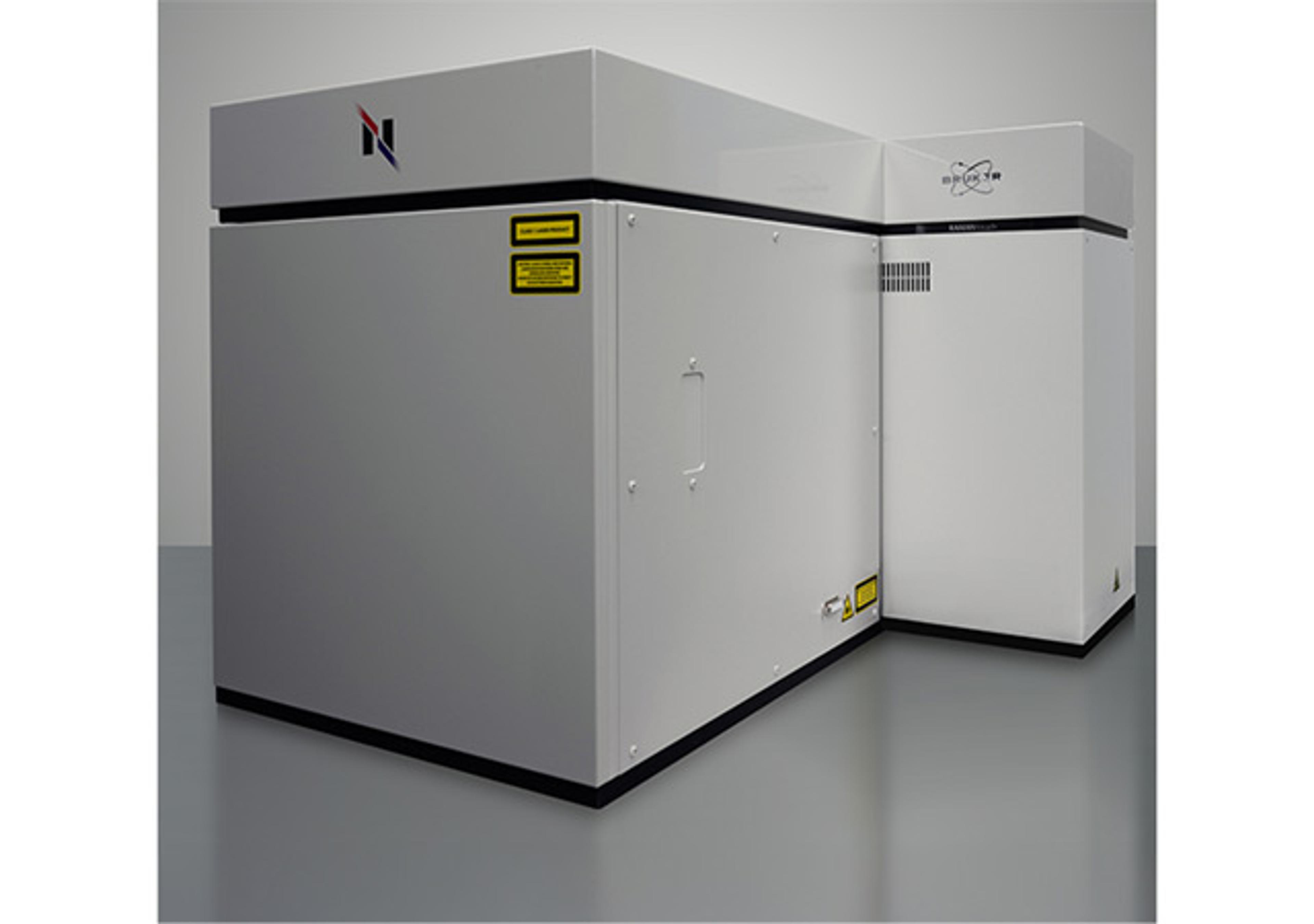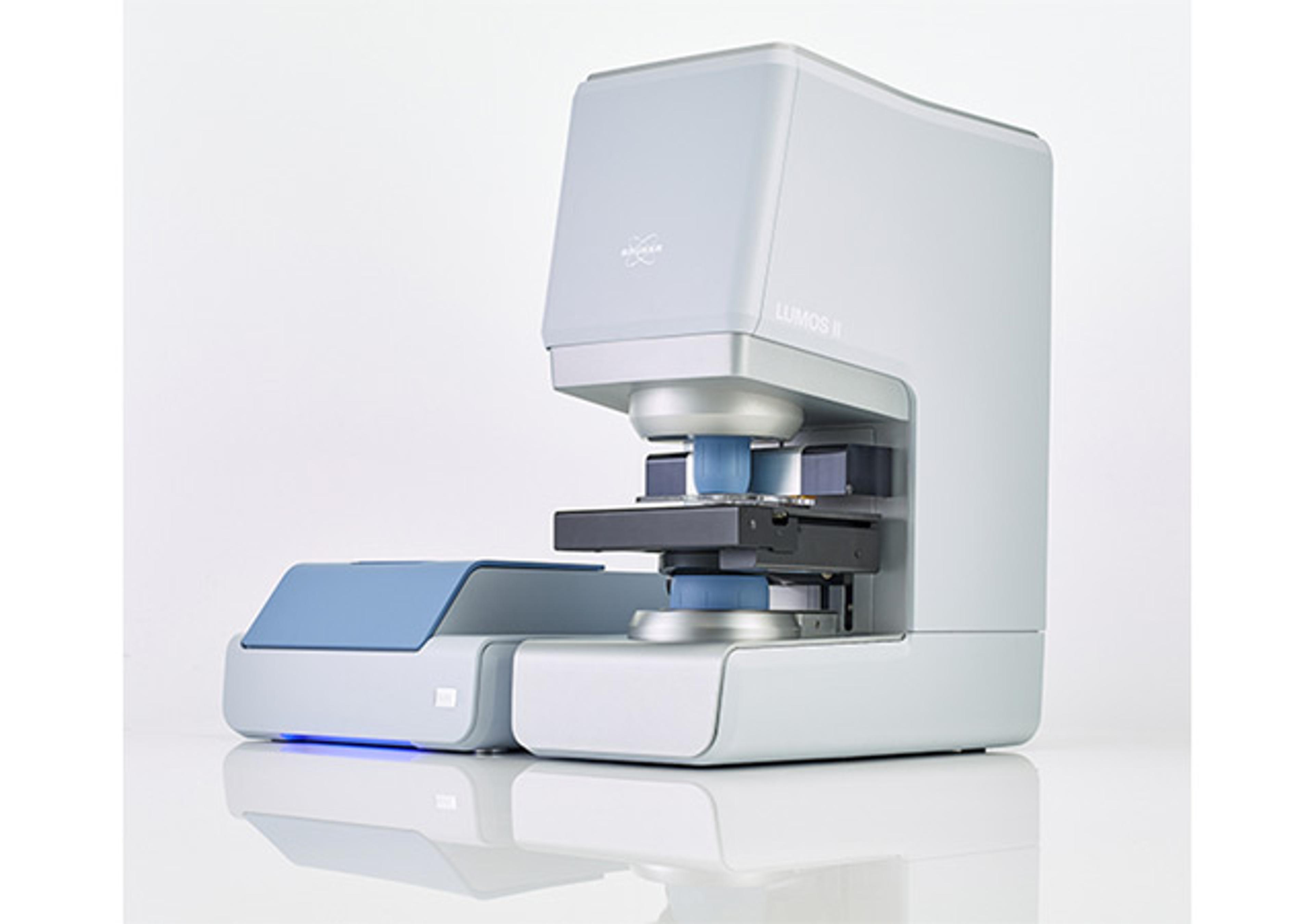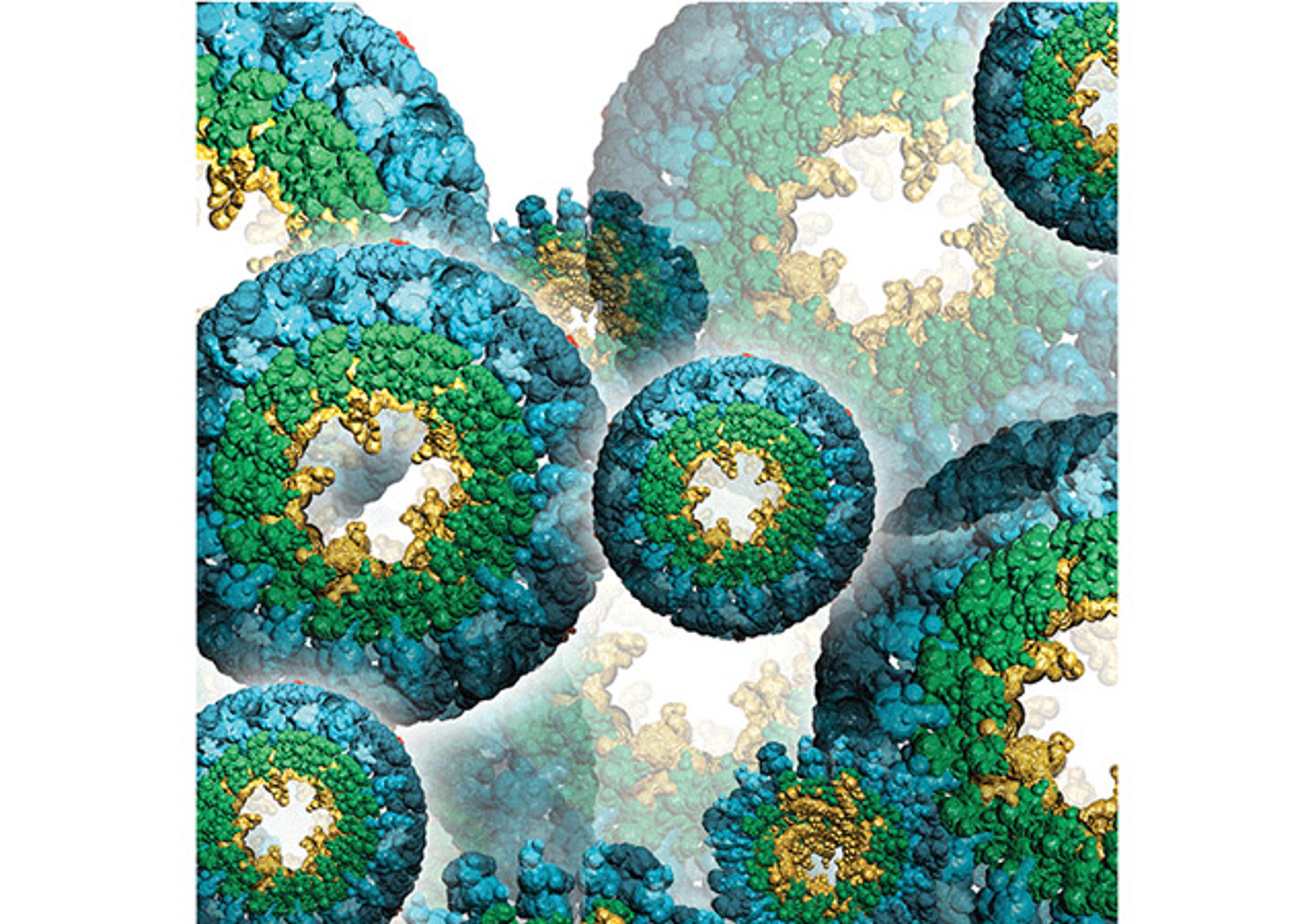DeepSIM
"A Seamless Evolution of Your Microscopy". DeepSIM super-resolution technology is based on multi-spot lattice structured illumination and provides a reliable and affordable solution to study subcellular structures with an XY resolution of 100 nm. The DeepSIM super-resolution system is easy-to-use and enables scientists to access deep data from their biological samples without requiring any special sample preparation protocol…

The supplier does not provide quotations for this product through SelectScience. You can search for similar products in our Product Directory.
At CrestOptics, we believe that super-resolution should be accessible for all scientists to progress their research. This is the reason behind the development of the DeepSIM, the first Lattice SIM super-resolution module compatible with any existing upright or inverted microscope with a camera port. The DeepSIM constitutes the seamless evolution of any diffraction-limited microscopy approach.
It is as easy to use as a widefield system and reaches the same Z-depth penetration of a confocal microscope, enabling scientists to access super-resolved data through conventionally prepared, deep, thick specimens, even in challenging sampling conditions. DeepSIM does not require any special probes and researchers can maintain their standard sample preparation protocols. The system is characterized by robust system calibration, pre-optimized acquisition modalities, and automated data processing to break down the learning curve. Aware that establishing Super Resolution - SIM as a common tool for routine life science research applications, DeepSIM has been developed to be a truly enabling technology, combining performance with flexibility and advanced application integration.
KEY FEATURES:
1) Imaging Across Scale: Multiple Lattice SIM Illumination Patterns
The 2D Lattice SIM technology behind DeepSIM enhances the illumination efficiency and homogeneity with minimal phototoxicity in live cell imaging experiments. Besides, the 2D Lattice SIM Illumination delivers a better contrast that significantly improves in-depth Z acquisitions and the image reconstruction robustness. More importantly, the user can choose among 3 Lattice SIM Illumination Patterns for approaching specimens of increasing thickness and morphological complexity. The well-matched sampling conditions significantly mitigate the risk of artifacts in image reconstruction.
2) Down to 100 nm lateral resolution
Featuring the structured lattice illumination with the computationally super-resolved data reconstruction, DeepSIM improves the spatial resolution in all three dimensions reaching 100 nm laterally and 300 nm axially.
3) Deep imaging through thick specimens
Deep super-resolved data across conventionally prepared thick samples. The DeepSIM is designed to work with samples of thicknesses comparable to those used with Confocal microscopy, giving super-resolved data over 50 μm Z-depth. Z-stacks take full advantage of the entire objective working distance and meaningful data can be obtained from a native heterogeneous and intricate sample, providing researchers with a complete understanding of its structure and composition.
4) Suitable with standard confocal staining up to Near-Infrared 750 nm Excitation
Multiplexed imaging is an emerging way to gather information from multiple cellular markers simultaneously. DeepSIM performs optimally with the standard staining markers for confocal microscopy. It is the only SIM technology covering the full spectrum from 405 nm to NIR 750 nm excitation wavelength. DeepSIM offers the maximum flexibility in fluorophore choice and reduces the spectral overlap in multicolor experiments.
5) Compatible with Low Mag objectives and with any kind of Immersion Media
The DeepSIM was conceived to maintain high-performance standards over a large set of objectives from Low Magnification 20x up to High Magnification 100x. The compatibility with dry lenses and any immersion media expands the range of suitable applications over a large cohort of sample and support types. DeepSIM offers the best trade-off between FOV and resolution to catch fine details in extra-large objects.
6) Resilient resolving power across specimen scale: from 3D organoids to small animal models
The DeepSIM resolving power is preserved across a wide spatial scale, including 3D organoids, tissue slices, and small animal models (Zebrafish, C. elegans). The extended flexibility suggests its use with Spinning Disk technology in a correlative bioimaging approach.
7) Gentle Lattice Structured illumination suitable for live-cell imaging
Thanks to its temporal resolution of over 10 fps, the DeepSIM allows the capture of meaningful data at high resolution with minimized light exposure and photo-toxicity risk. Delicate and live specimens can be explored in real time to monitor cellular and subcellular changes.
8) Evolution through compatibility
By choosing DeepSIM technology, you will be able to create a modular, expandable, and highly performant system, resulting in the creation of a truly enabling technology. The DeepSIM can be used both with CrestOptics’ X-Light V3 confocal system as well as independently as a stand-alone system for any microscope that has a camera port.
CONCLUSION
DeepSIM is designed to be a truly enabling technology where performance is combined with the flexibility of a modular, expandable system. DeepSIM can seamlessly upgrade any existing frame with a camera port, be it upright or inverted, thus leading to a significant cost-saving setup.

